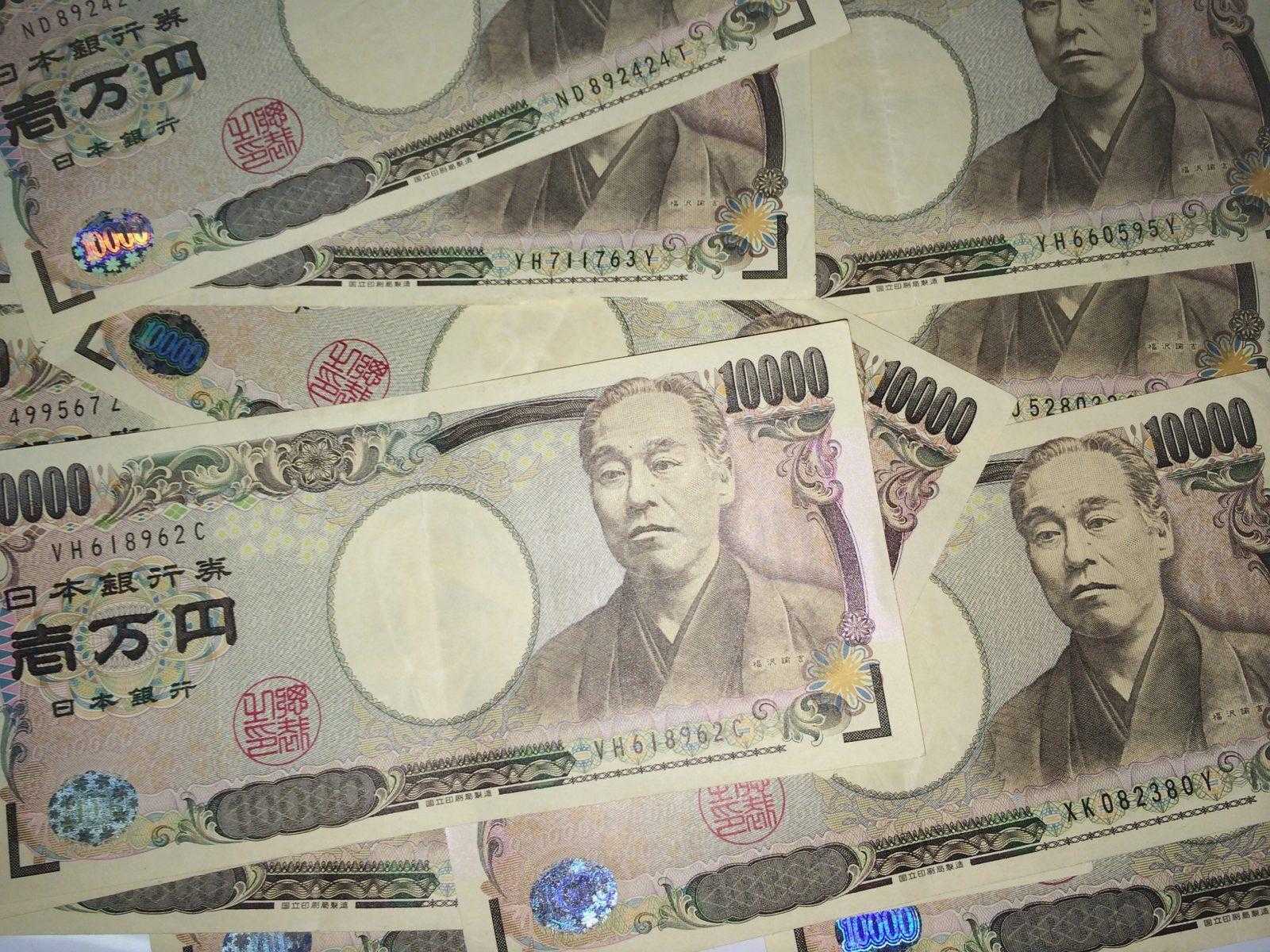Shinzo Abe has announced that he would be stepping down due to health reasons, and the Japanese Yen exchange rate reacts to the news.

The Australian economy contracted significantly last quarter. GDP has plunged 7%. While economists forecast a 6% drop, the contraction has been worse than forecast. Year-on-year, it has tumbled 6.3%, while 5.1% was the estimated fall.
Japan, the UK, the United States, and Germany are in a recession with two straight quarters showing negative growth.
Yoshihide Suga May Stabilize Japanese Yen Exchange Rate
The Japanese Yen, which is the third most traded currency in the world, has been affected by the prime minister’s resignation.
Yoshihide Suga, the Chief Cabinet Secretary in Japan, has intentions of running for leadership, according to reports. Stock market investors in Japan are placing their bets on Suga taking over the leadership in Japan. Economic policies brought by Abe are expected to continue under his control.
Ultra-low interest rates in Japan have kept the Japanese Yen exchange rate subdued, under PM Abe’s control. Suga is expected to continue his fiscal and monetary policies if he comes to power.
The US Dollar to the Japanese yen currency rate climbed as far as 106.96 on Friday, after Abe announced retirement, but declined steeply by the close.
The Japanese yen fx rate continues to offer support at the ¥105 level, while there is resistance at the ¥107 level. The US Dollar has been trading within this range for August. A clear signal outside this range is required to break the trend.
However, if the USD/JPY currency rate breaks below the ¥105 level, it might test the ¥102 area.
Australian Dollar On Uptrend
The AUD/USD Australian dollar has been on an uptrend from the last week of August. It continues its upwards move in September by moving further upwards on 1 September. But on Wednesday, it has shifted downside with the closing price reversal top formation showing in the chart pattern.
The Australian dollar touched a high of $0.7369, which is a 21-month peak in August. On Wednesday, 2 September, it was trading lower after GDP data from the Australian Bureau of Statistics showed its worst quarterly fall. The coronavirus has pushed the economy into recession.
The ABS showed that the economy shrank 7% for the quarter ended in June, while it was 0.3% for the March quarter.
AUD/JPY Currency Pair in the Positive Zone
The AUD/JPY is consolidating at multi-month highs. After closing at 77.08 on Friday, the Australian dollar to the Japanese yen fx rate continues its uptrend to 78.27 on Monday.
But red signals continue to flash, showing overbought conditions. The 200 weeks EMA is placed at 78.40 currently, which is keeping the bulls alert.
A downside break will, however, bring cheer to the bears as the currency pair may see a sharp slide towards 72.50 levels, which are June month’s lows.
EUR/JPY Surges from May Lows
The EUR/JPY pair has surged 10.8% from the lows formed in May. The EURO to Japanese yen fx rate has bounced from the low of the year at 104.43 and is seeing a strong uptrend.
However, September is keeping the EUR/JPY currency pair on the backfoot. It was trading at 125.88 at 12.57 pm GMT. On Tuesday, it faced stiff resistance at 127.00 levels and is seeing a gradual decline to the 125.00 levels, from where it had gained support last week.
As long as the euro to the Japanese yen exchange rate keeps above the August lows, it will remain positive for investors.
USD/CAD at Years low
Canada’s Markit Manufacturing PMI rose at a stronger pace in August than in July. HIS Markit’s Manufacturing PMI has increased to 55.1 in August against 50.4 in July.
After traveling to 1.2992 levels on 1 September, the currency pair is showing some strength by moving to positive territory for two days. The Canadian dollar is seeing some gains with the growing negative sentiment in the US Dollar.
The USD/CAD is at seven month’s lows. It is showing traces of strength at this level and may show a sharp reversal.
British Pound Outperforms the Euro
After breaching the 0.9000 levels firmly in the last week of August, the EUR/GBP pair continues the downtrend. On 2 September, it was trading at 0.8881 levels, which are the lows formed in June. If it moves further downside, it may reach April lows at 0.8700.
With bearish indicators, the pound has been outperforming against the euro.
US Dollar Showing Short-Term Upside Momentum
The dollar is shifting to the upside as it saw a closing price reversal bottom on Tuesday. The US Dollar is gaining momentum against a basket of major currencies currently. It bounced off a two-year low on Wednesday, with good US manufacturing activity.
The US dollar continued its fourth monthly decline. US manufacturing activity has shown better than expected results in August. New orders have come back to their highest level in more than a year, and brought a positive note into the economic performance.
If the dollar breaches 91.70 levels, it may resume its downtrend. However, the dollar index is showing strength, and it is expected to move up to 93.45 levels.
The Euro has plunged into the red, causing the Dollar index to strengthen.